Writing a press release is a great way to score FREE publicity for your business. With journalism cutbacks, there’s a pool of journalists who are trying to create content with fewer resources. Your story could be just what a newsperson is looking for. So, how to write a press release?
Do think about the audience, and their needs. The journalist is always trying to “feed the beast”, and give the audience what they want to read, listen to or see.
New here? I also have the following blogs to help you get FREE publicity for your business and how to write a press release:
- 9 Must-do steps for creating a PR campaign
- 10 Must do steps to writing a pr campaign
- How to tell stories about your brand or business
- Blog Post writing tips
- How to be regarded as an expert
1. IS YOUR STORY NEWSWORTHY?
When you want to tell news organisations about your new product, new business or launch. Think about the impact that your story will have on others.
Try to be as impartial as possible and have a straight think about your business in your press release.
Will anyone CARE about this launch?
What’s newsworthy about this product? Is there anything NEW or different?
Will anyone outside of my business actually give a damn?
2. DOES YOUR STORY FIT?
Start looking at the organisations that you want to cover. Start thinking about the types of stories that they cover, and if your story will fit there. Always put in mind how to write a press release.
3. YOUR HEADLINE:
The headline for your press release and how to write your press release has to be short, snappy, and catchy! As well as the email that you send the PR on.
Imagine that journalists get hundreds of emails on a daily basis, and many of the press releases get deleted as soon as they land.
Your email needs to stand out, and look interesting to the journalist.
Write something that stands out. But is not too “clever” that its wit is missed on the journalist, and they don’t understand the story. Ensure that you have fully explained the story, e.g. “New App Launches to help curb roadside pollution for babies in buggies”
4. YOUR TAGLINE:
Your tagline is a little more detail than your headline. It expands on the facts, and provides more data.
This tends to be a long sentence and quickly tells the journalist about your launch, product or business.
The “top line” is the key to any news story. The most important parts of the story should be in the first sentence or two. Journalists will talk about “burying the lead”. You want to make sure that you’ve talked about the newsworthiness of your product, high up in your press release. E.g. Brizi baby product enables you to reduce and monitor pollution levels in the buggy as you are out walking with your baby.
As a PR writer, you need to include this in the first sentence or two of the press release. Because it is how to write a press release.
6. WHO, WHAT, WHEN, WHERE, WHY…
Journalists are trained to answer the following questions when they write a news story and how to write a press release:
Who – who is involved?
What – what has happened?
When – when did it happen?
Where – where did it happen?
Why – why did it happen?
Try to answer those questions in your news release.
7. INCLUDE YOUR CONTACT DETAILS:
Include the phone number and email of the person to contact at the top and bottom of the news release.

8. WHY WRITE A PRESS RELEASE?
A press release and a news release are basically the same thing. ‘Press release’ is an older term when the main form of journalism was the written or printed word.
News releases can be useful because it gives the journalist an overview of an event, and a broad sweep of the facts.
A press release is not a great way to ensure coverage. You are much better to target individual media organisations, and journalists. Rather than hoping for coverage from a news release.

9. WHEN NOT TO WRITE A PRESS RELEASE
Many press releases go unread and are simply deleted. In my 20 years working in journalism, I rarely read a press release.
I would, however, read a well-written email that addressed me. And thought about the TV news program that I was working for.
If you’re trying to get coverage, focus your attention on the email pitch that you send to a few specific journalists. Take note of the things I shared on how to write a press release. Click here for more details.
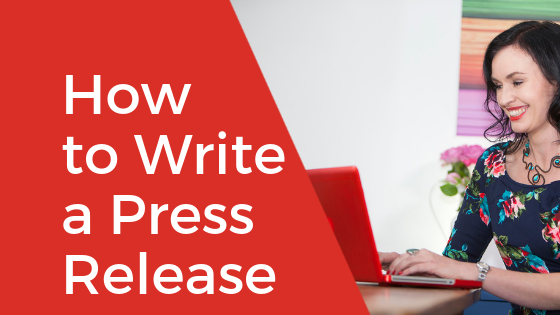
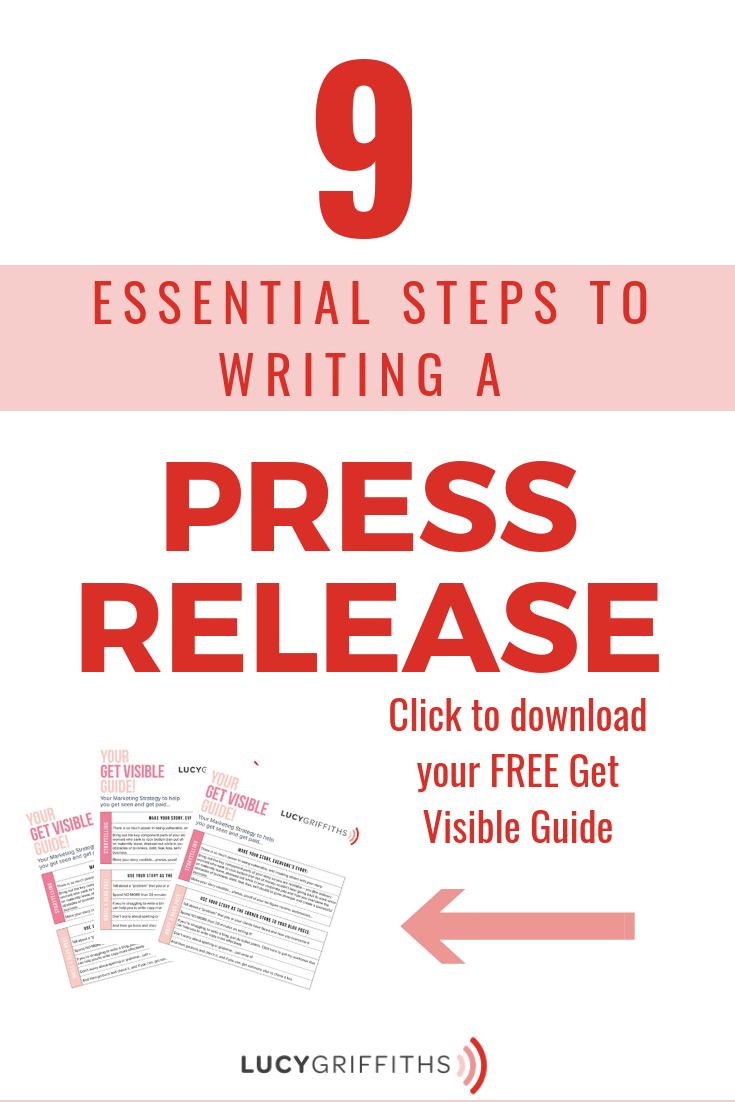
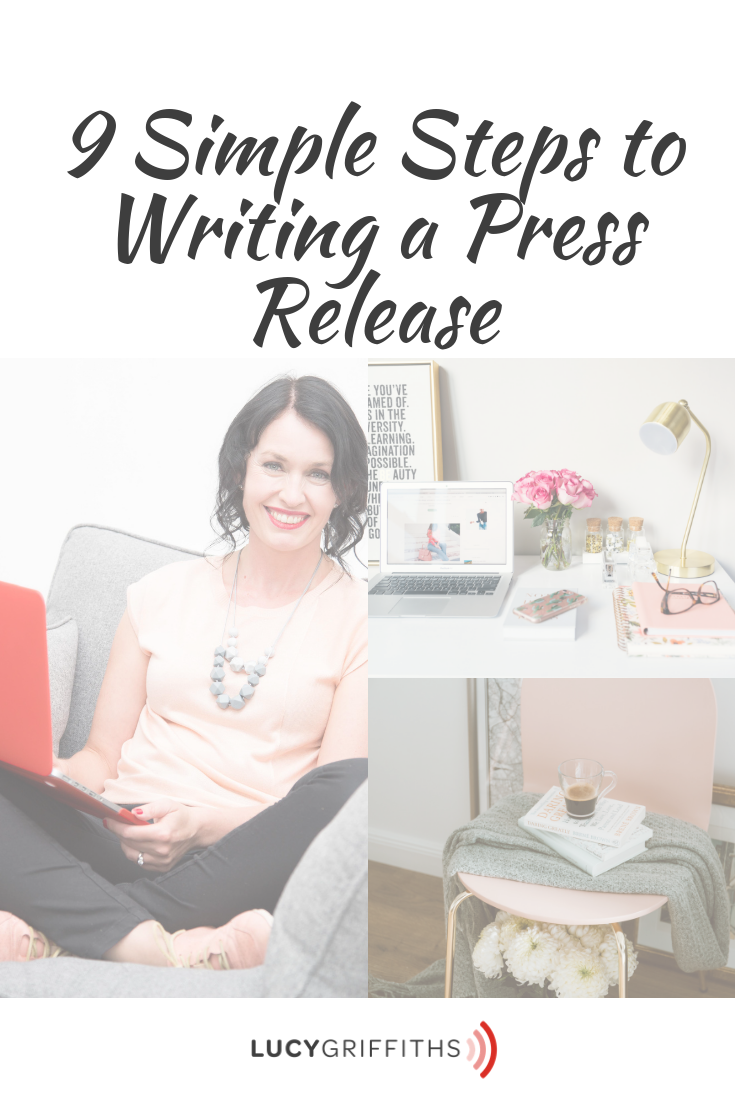

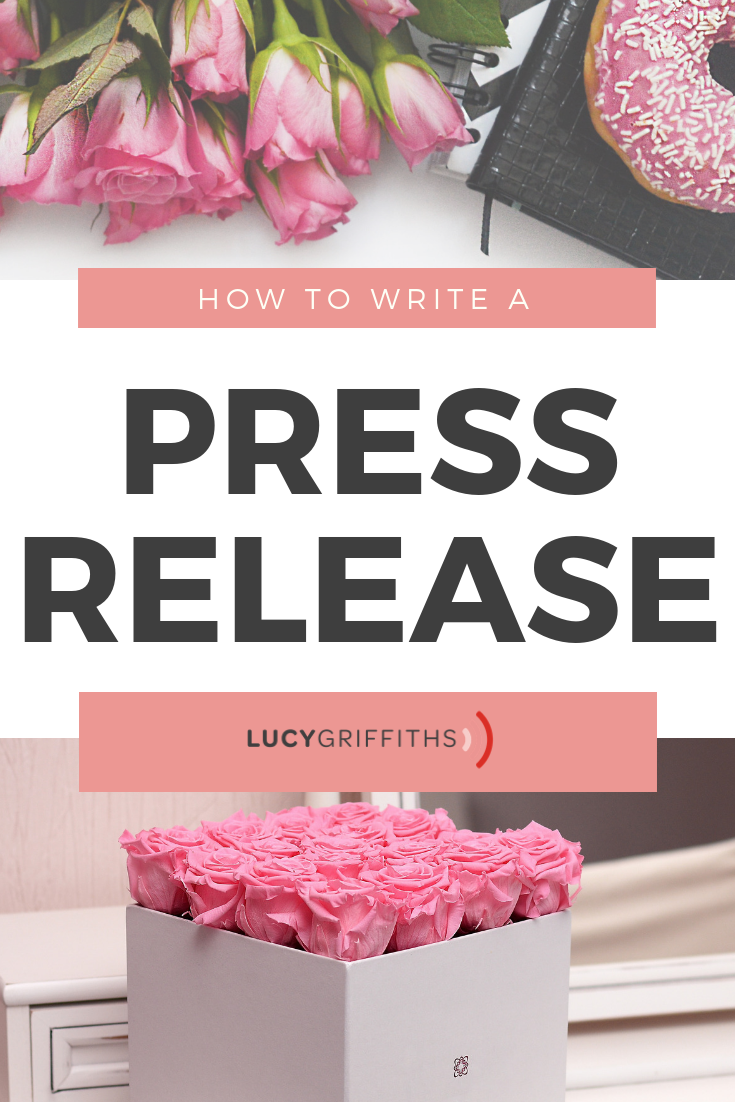
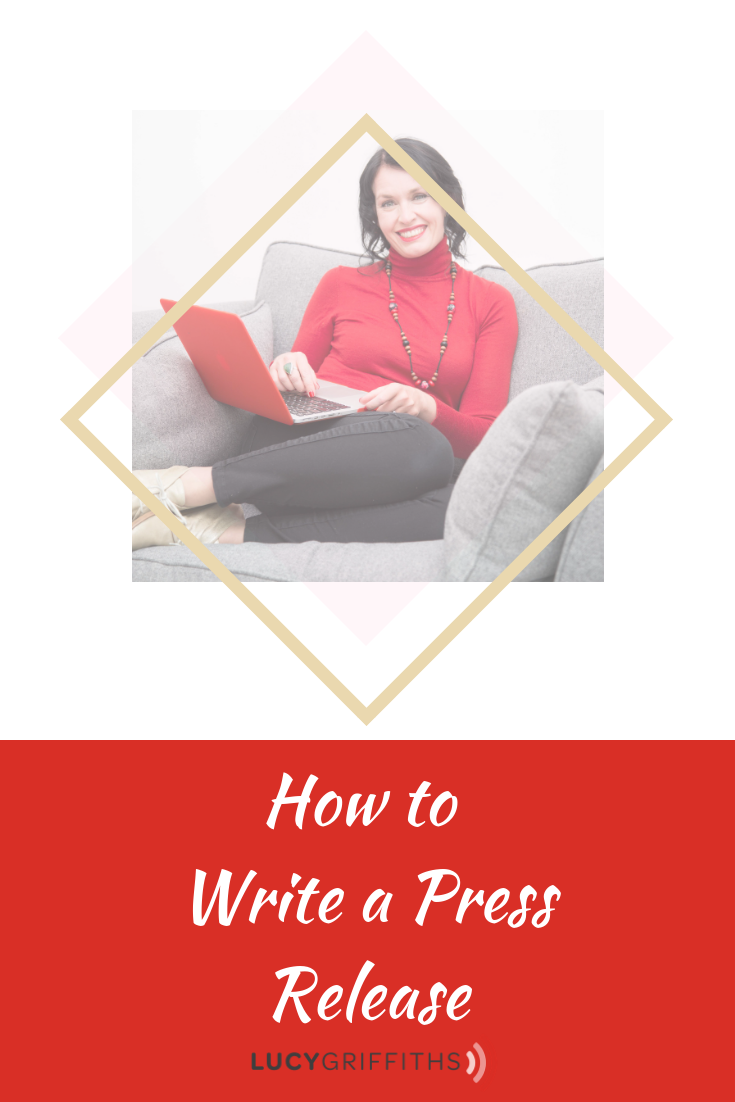
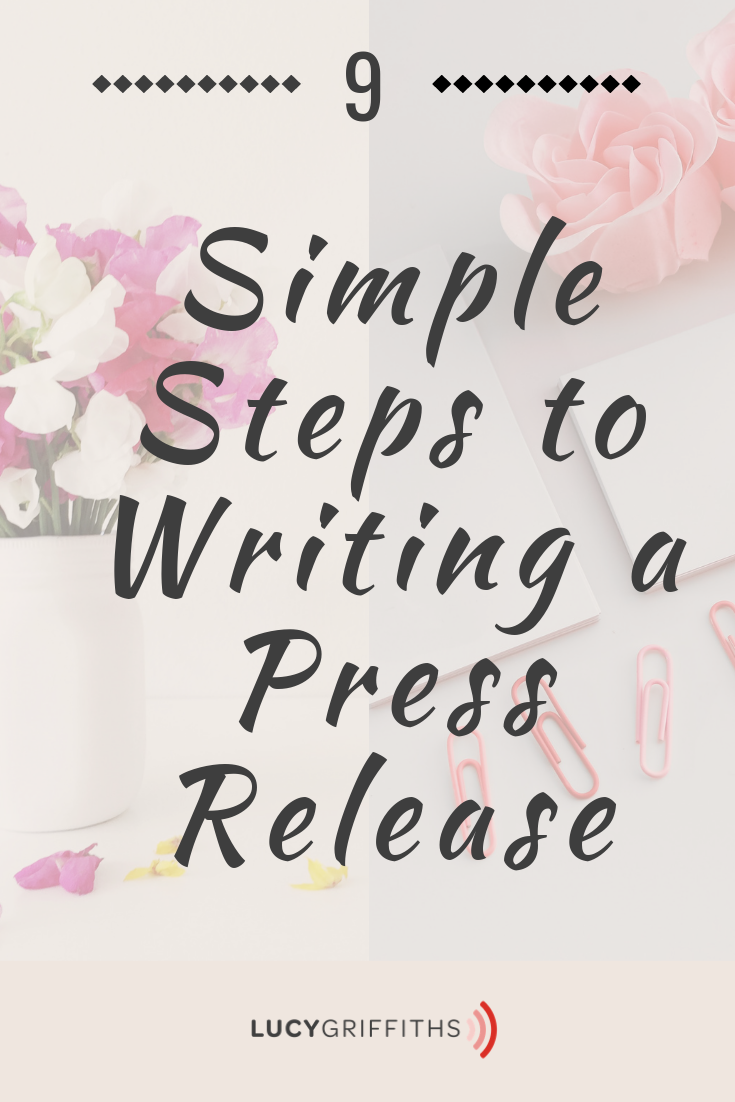
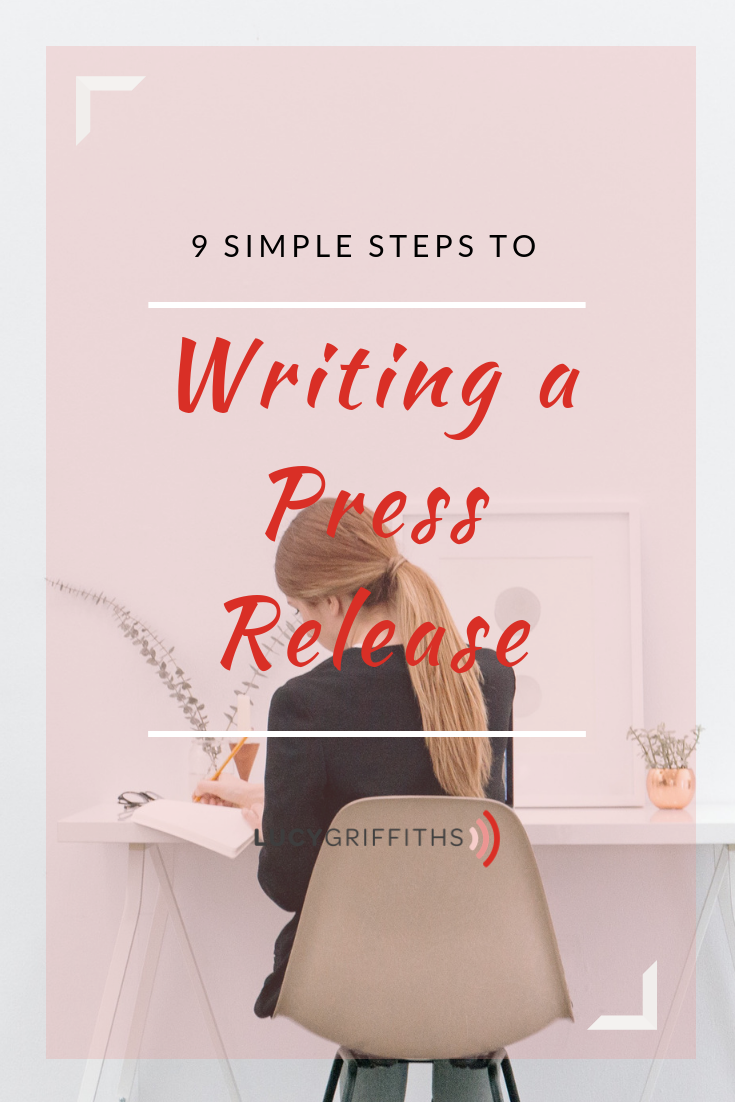
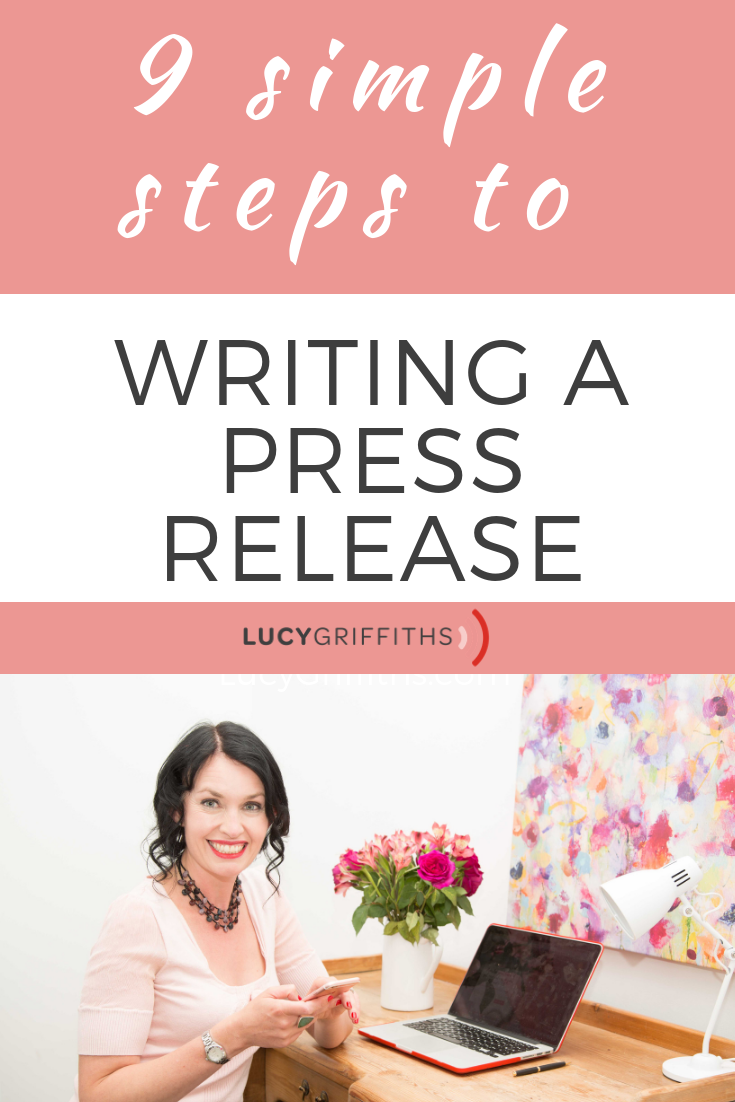
OMGosh!!!!! Fantastic information!!!!
Thank you Janet! Glad you liked it!